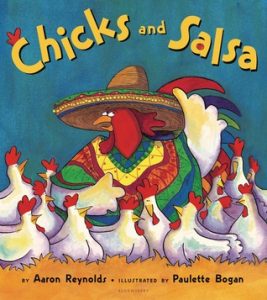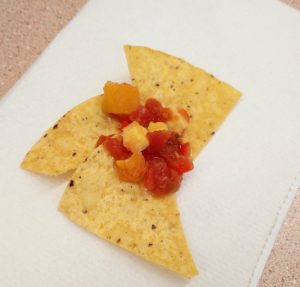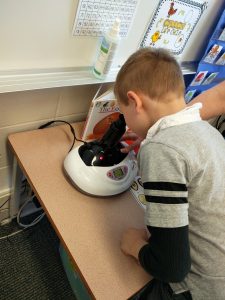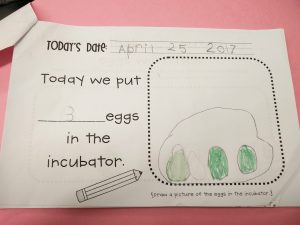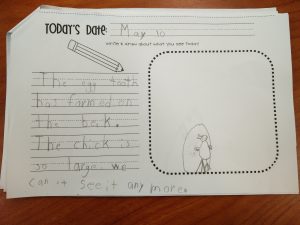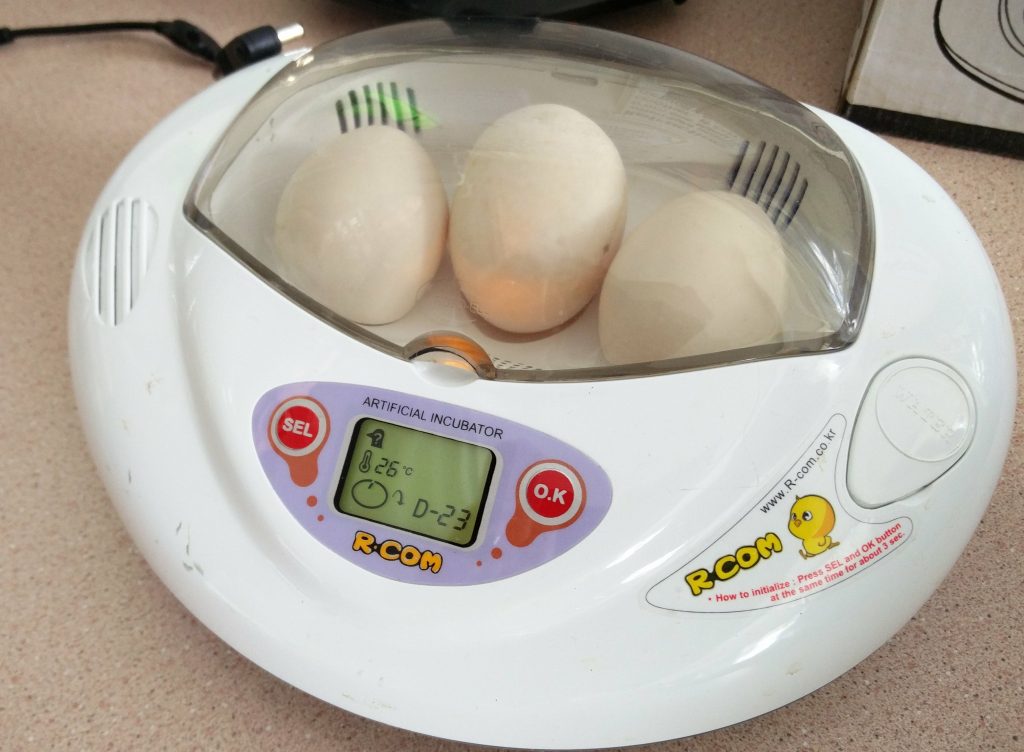Inquiry-based learning allows students to take ownership for their learning. My role is to guide them and encourage them to develop questions that will allow for further investigation. Students ask questions, give their ideas and opinions, and make observations about a topic they are interested in.
We are fortunate to have some beautiful trees on our school grounds. During discussions about the weather and seasonal changes, the students were intrigued and had many questions about the falling leaves and changing colours.
In October, we started our tree inquiry project. The students went outside and chose one of the trees in front of the school.
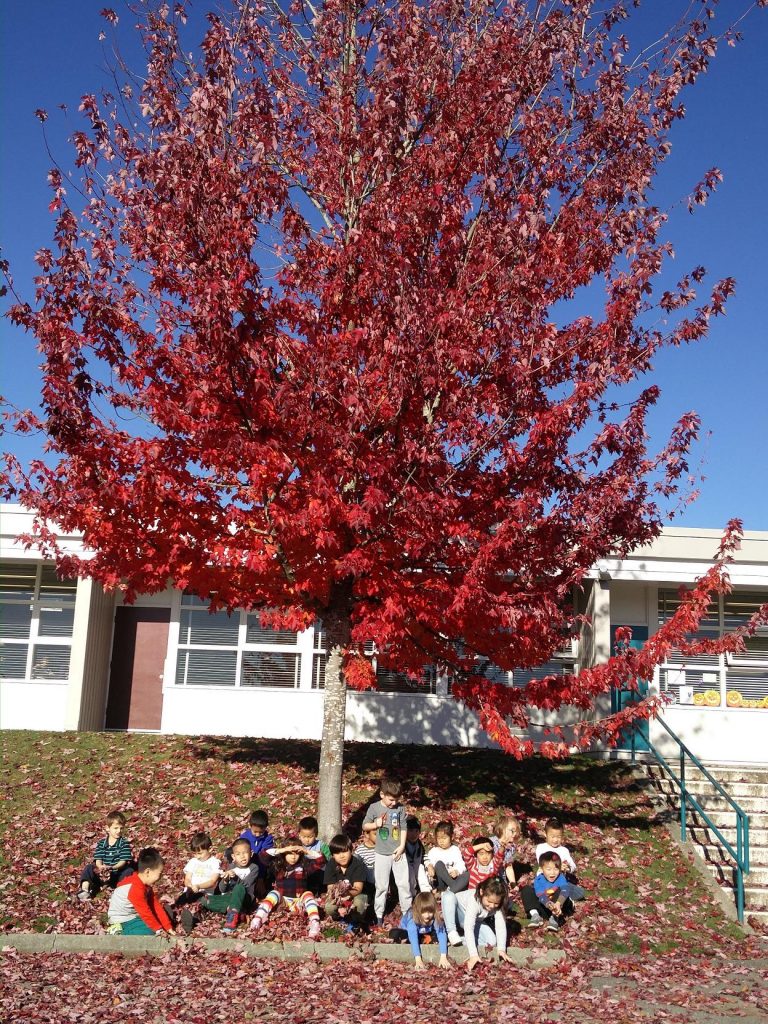
Let’s see what happens to our tree in December…
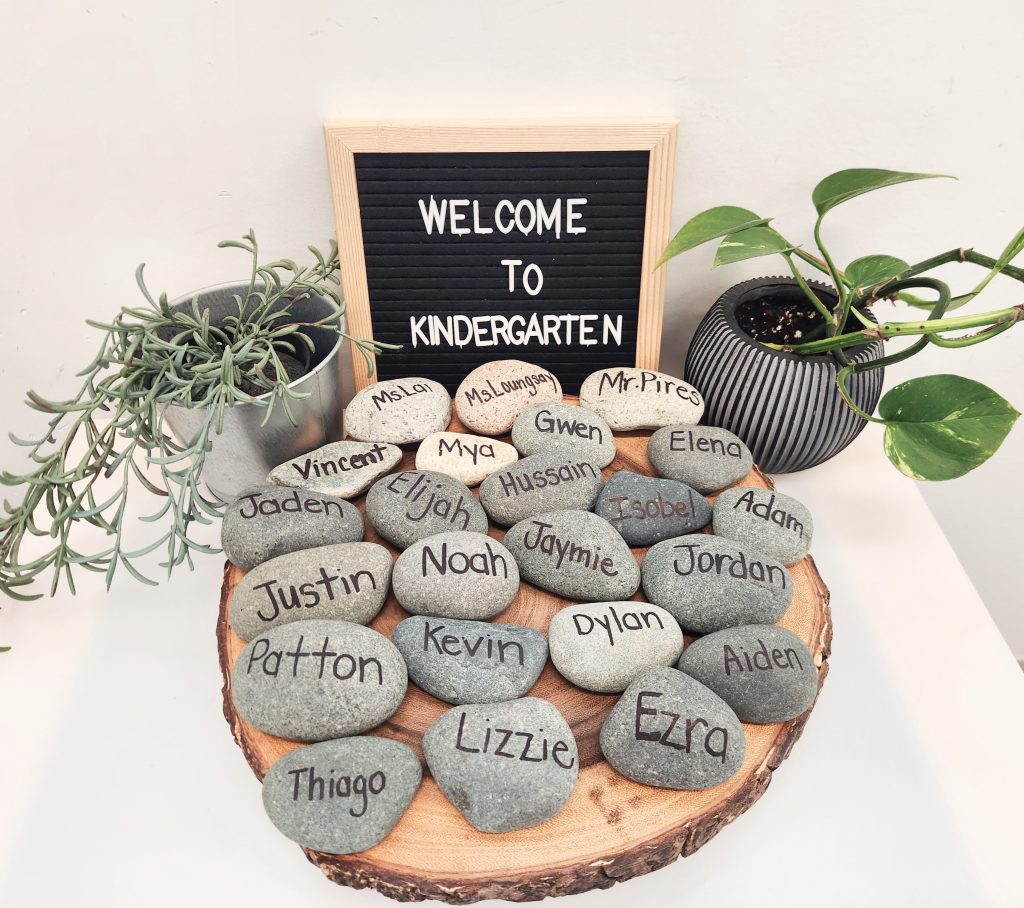
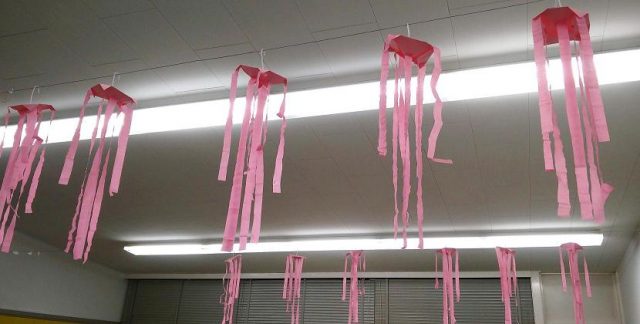
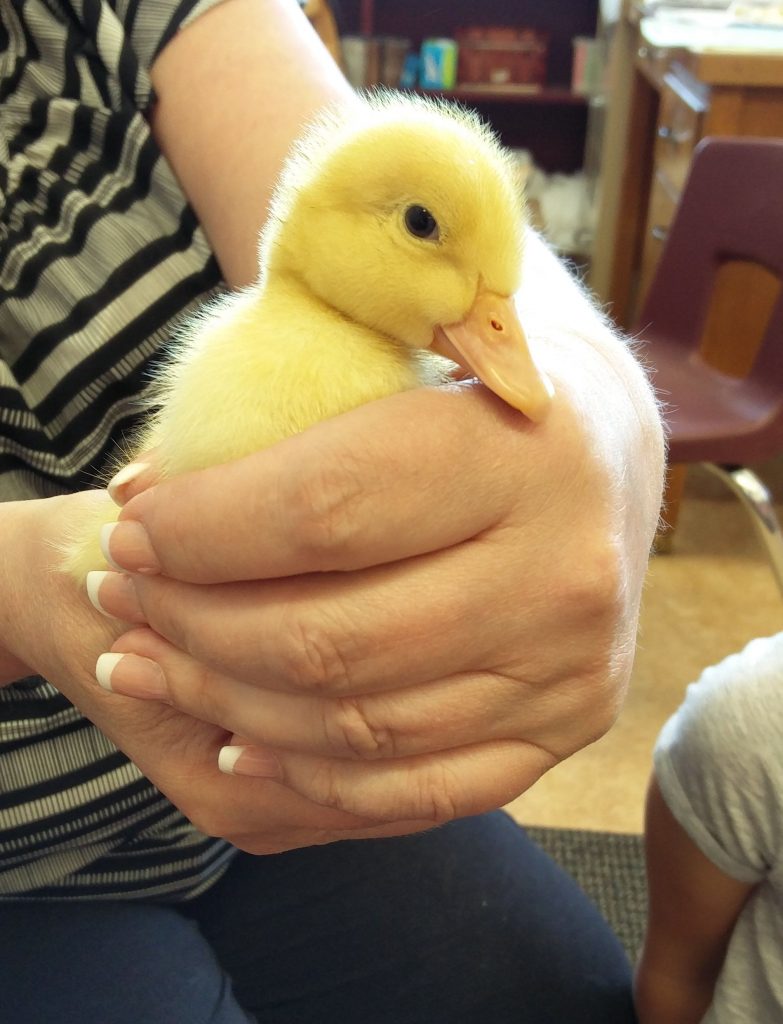
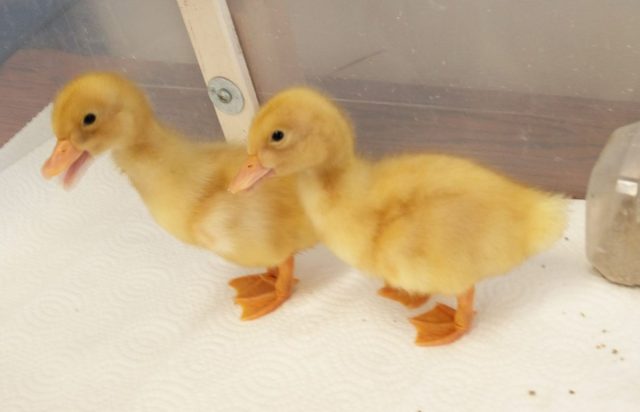
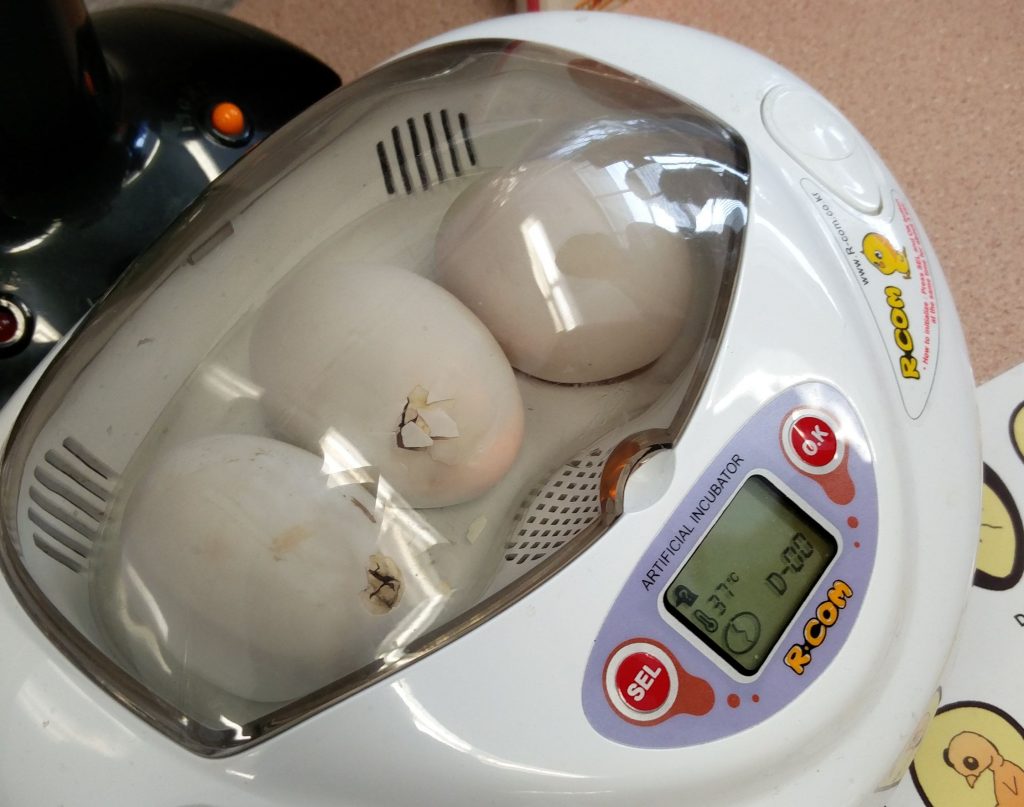
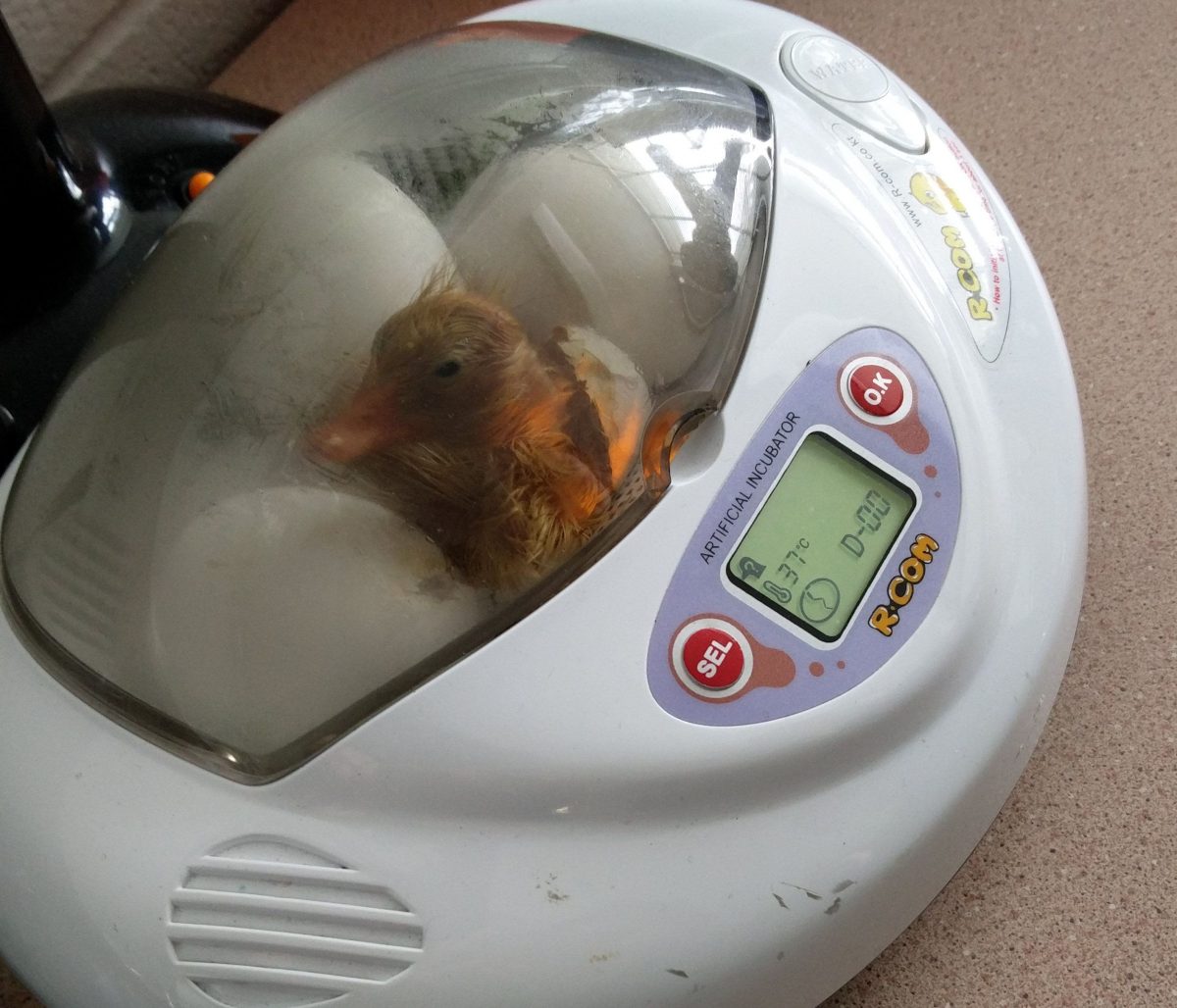
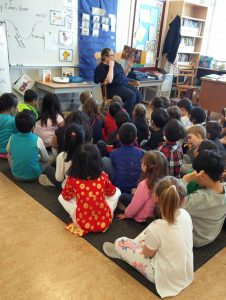 We have been reading lots of stories about chickens and other oviparous animals. We have been visiting Ms. Gourlay’s classroom every few days to observe the eggs in the incubator. Sometimes Ms. Gourlay reads a story to both of our classes. Today, she read a funny one titled, “Chicks and Salsa” – the chickens get tired of the same old chicken feed and decide to try some new foods! Soon, all the animals decide to plan for a fiesta with chips and salsa! After the story, we ALL got to try some chips and salsa! Some kids were trying chips and salsa for the very first time.
We have been reading lots of stories about chickens and other oviparous animals. We have been visiting Ms. Gourlay’s classroom every few days to observe the eggs in the incubator. Sometimes Ms. Gourlay reads a story to both of our classes. Today, she read a funny one titled, “Chicks and Salsa” – the chickens get tired of the same old chicken feed and decide to try some new foods! Soon, all the animals decide to plan for a fiesta with chips and salsa! After the story, we ALL got to try some chips and salsa! Some kids were trying chips and salsa for the very first time.